Ertach Kernow - Water water everywhere
Cornwall’s long coastline and river Tamar stretching far to the north means it is almost totally surrounded by sea and river, but what about its drinking water. During April records show that in Newquay there are on average 14 days of rainfall amounting to 58mm, but this year seems to have been much drier than usual. Most people have heard the term April showers and that is usually the normal situation, with less amounts of heavy rainfall, but more and lighter short showers caused by cumulus or cumulonimbus clouds rather than strong weather fronts. Newquay has had 13 days of rain during April 2022, about normal, but only 30.8mm of rainfall just 53% of the average. Cornwall despite, claims that we are reliant on tourism, remains a farming, fishing and forestry led economy with farming reliant on rainfall during the growing season. With another deluge of tourists about to descend on Cornwall, with mixed feelings from many residents, the question is will we have sufficient water this summer should it turn out to be especially dry?
When we turn on our taps we expect water to come out but looking back to the summer of 1976 the situation then was very different. The winter of 1975-1976 was particularly dry and by late spring it was realised that there were serious problem ahead. Certain parts of Cornwall had no rainfall in April and June saw no rainfall across the border in Devon. The situation was exacerbated throughout the summer months with a large influx of tourists coming to Cornwall to escape the heat of the cities. Cornwall’s farming industry and especially dairy farmers were under severe pressure relating to grass and hay production, with the effect on cereal crops and root vegetables such as potatoes causing food price rises. The Westminster government appointed a Drought Minister, Denis Howell to oversee managing water resources and he was urging all sorts of water saving measures. Priority for was given to agriculture, with households coming at the bottom of the pecking order to save jobs in other water reliant industries.
September saw no respite and water authority took out half page adverts for households, albeit somewhat late in the day. ‘Water, Cut it by Half Now. Don’t have a bath – have a short shower or a wash. Flush the toilet only when it’s absolutely essential. Keep wash days to an absolute minimum – wash by hand if possible and use wastewater for flushing toilets. Don’t use a dishwasher or waste disposal unit. Don’t put sanitary towels, disposable nappies etc. down toilets. low flows in sewers will cause blockages. Don’t leave taps running for washing/rinsing vegetables/cleaning teeth/washing off sand and dirt. Turn your stopcock by 90% to reduce the flow. Don’t leave taps dripping or overflows running. Use wastewater wherever possible. See how you can save 20 gallons a day. Here’s where the water goes: An average bath – 20 gallons. Toilet – 2 gallons every flush. Automatic washing machine – 25-50 gallons/load. Twin-tub washing machine – 15 – 20 gallons/load. Dishwasher – 10-12 gallons/load. Waste disposal unit 1.5 gallons/minute. Running tap – 40 gallons/hour.’
By that time many communities had standpipes and households were already looking to water saving measures. Gardeners were at the forefront of the battle to save their plants especially vegetable growers still wanting to compete for size in gardening competitions. Watering very early in the morning and late at night, mulching the surface and other measures to reduce evaporation were some methods more people began to take on board from canny gardeners.
So where does Cornwall get its water from? Prior to the early 1970’s the water supply of Cornwall was provided by a number of smaller dams, with new larger ones added and some earlier reservoirs being too small for current and future use being turned to water sports, fishing and nature reserves.
Colliford Lake is the largest lake in Cornwall covering 900 acres and holding 28,540 million litres of water when full. Besides a major source of water for industrial and domestic purposes in Cornwall, containing more than all other reservoirs combined, it also has stocks of brown trout and includes an important nature reserve for birds. Completed in 1983 in order to ensure water supplies for the next 25 years it met with some opposition, especially local farmers who would lose 1,400 acres in total to the lake and surrounding area. At the moment this lake is less than 80% full of its net capacity.
Crowdy Reservoir was built on marshland on Bodmin Moor and completed in 1973. It covers 115 acres and average depth is just 7.5 feet when full, with a capacity of 1,022 million litres. This reservoir too is an important site for a wide variety of birds, and it still retains a degree of the ecological origins of the area around its circumference. There are opportunities for anglers to fish for trout at Crowdy.
Drift Reservoir completed 1961 is west of Penzance close to the village of Drift covering 65 acres and is the main source of water for the Penwith area. When completed in 1961 the last of the families that had inhabited what is known as the Lost Valley of Trewidden Vean finally left as the 1,200 million litres of water held by the dam covered their houses. The reservoir sees a wide variety of birds visiting and is stocked with blue and brown trout. Occasionally when water levels fall to low levels, such as the last time in 2018, the ruins of the houses are seen above the water as a ghostly reminder of what were once people’s homes in a beautiful valley.
Porth Reservoir at Newquay was completed in 1960, built by the Newquay & District Water Company. This is now a very mature course fishing lake with an adjoining nature reserve. The concrete dam holds back 514,000 litres of water and has a wide variety of fish including bream, rudd, roach, pike, perch and tench. This relatively small reservoir hasn’t been used for domestic purposes for many years.
Siblyback Lake on the edge of Bodmin Moor dams a small tributary of the River Fowey and was completed in 1968. It holds 3,182 million litres of water for domestic use and to buffer summer water levels of the River Fowey as well as for water sports and fishing.
Stithians Reservoir was opened in October 1967 with the dam being 41.5 metres high and 244 metres wide, forming a lake covering 274 acres of original farmland. Also lost were a number of habitations and places which would now be considered heritage sites. There are no natural rivers supplying the reservoir with only run off from adjacent fields and additional water pumped from nearby rivers. This large lake holds 4,967 million litres of water when full.
Upper Tamar Lake mostly completed by 1975 and opened in 1977 holds 1,477 million litres and covers some 80 acres of land. This like many reservoirs caters for angling and many water sports. The adjacent slightly smaller Lower Tamar Lake is no longer used for domestic drinking water and was completed in 1820 by damming the River Tamar with an earthen embankment. This was initially used to supply water for the Bude Canal, which was closed in 1891, the reservoir subsequently supplied the Bude area until 1978. It is now a course fishery and nature reserve and has been appropriated by Devon. At 7.9 metres high, it was when built the first dam south of Derbyshire more than 6 metres high, with a lake covering about 70 acres.
College Reservoir near Penryn, also an earth embankment dam, was completed in 1906 with a capacity of 246 million litres. A larger reservoir for use as a public water supply was later needed and work started on a concrete dam to form the adjoining Argal Reservoir completed in 1941, holding 1,302 million litres. An earlier Falmouth Waterworks Company reservoir was incorporated within the College Reservoir, later this company’s reservoirs were taken over by act of parliament by Falmouth Borough Council in the 1930’s.
Besides these dammed reservoirs South West Water also purchased two redundant china clay pits on Bodmin Moor. Stannon Lake in 2008, which has a net capacity of 840 million litres and Park Lake purchased in 2006 with a capacity of 2,183 million litres. Both are very deep at 60 and 55 metres respectively, although water draw down is limited due to their origins as a quarry and danger of slippage. However, they are well positioned for use and avoided the need to build expensive dams and subsequent loss of valuable farmland.
From a Cornish heritage point of view, it is sad to lose valuable farmland, buildings, some historic sites and ecosystems to provide reservoirs supplying larger numbers of people moving to Cornwall and its tourist industry. However, with the increased environmental diversity these expanses of water and surrounding land offer to wildlife this goes someway to offset many negative aspects, as well as providing beautiful walks and sports opportunities.
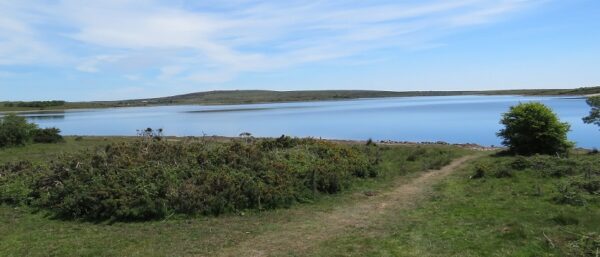
![DRY Project River Fowey June 2016 [1] DRY Project River Fowey June 2016](https://www.cornwallheritage.com/wp-content/uploads/2022/05/DRY-Project-River-Fowey-June-2016-1.png)

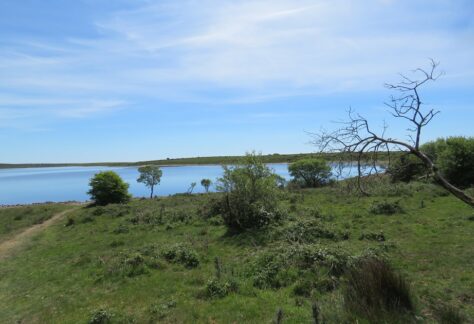
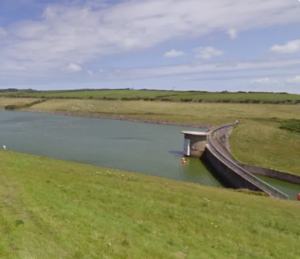

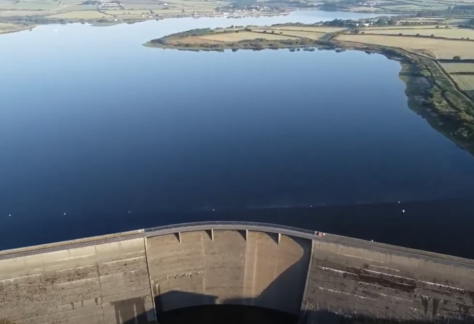
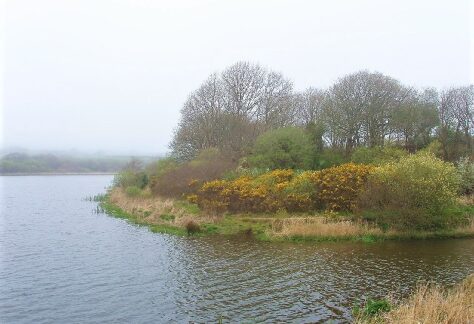
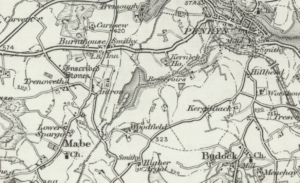
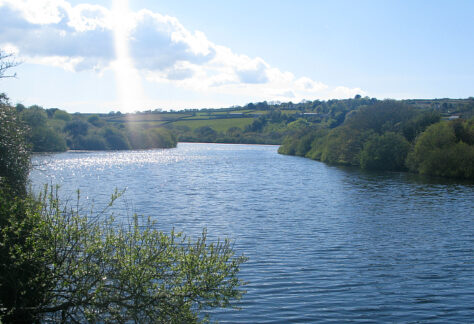
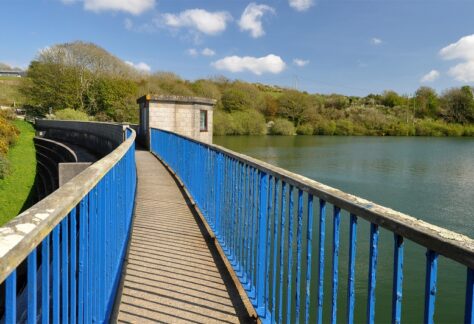
![[97] Voice - Ertach Kernow- 04.05.22A Water water everywhere [S] Ertach Kernow - Water water everywhere](https://www.cornwallheritage.com/wp-content/uploads/2022/05/97-Voice-Ertach-Kernow-04.05.22A-Water-water-everywhere-S-244x300.jpg)
![[97] Voice - Ertach Kernow- 04.05.22B Water water everywhere [S] Ertach Kernow - Water water everywhere](https://www.cornwallheritage.com/wp-content/uploads/2022/05/97-Voice-Ertach-Kernow-04.05.22B-Water-water-everywhere-S-240x300.jpg)
![[97] Ertach Kernow Heritage Column - 4th May 2022 - Trevithick Society Ertach Kernow Heritage Column - 4th May 2022 - Trevithick Society](https://www.cornwallheritage.com/wp-content/uploads/2022/05/97-Ertach-Kernow-Heritage-Column-4th-May-2022-Trevithick-Society-277x300.png)